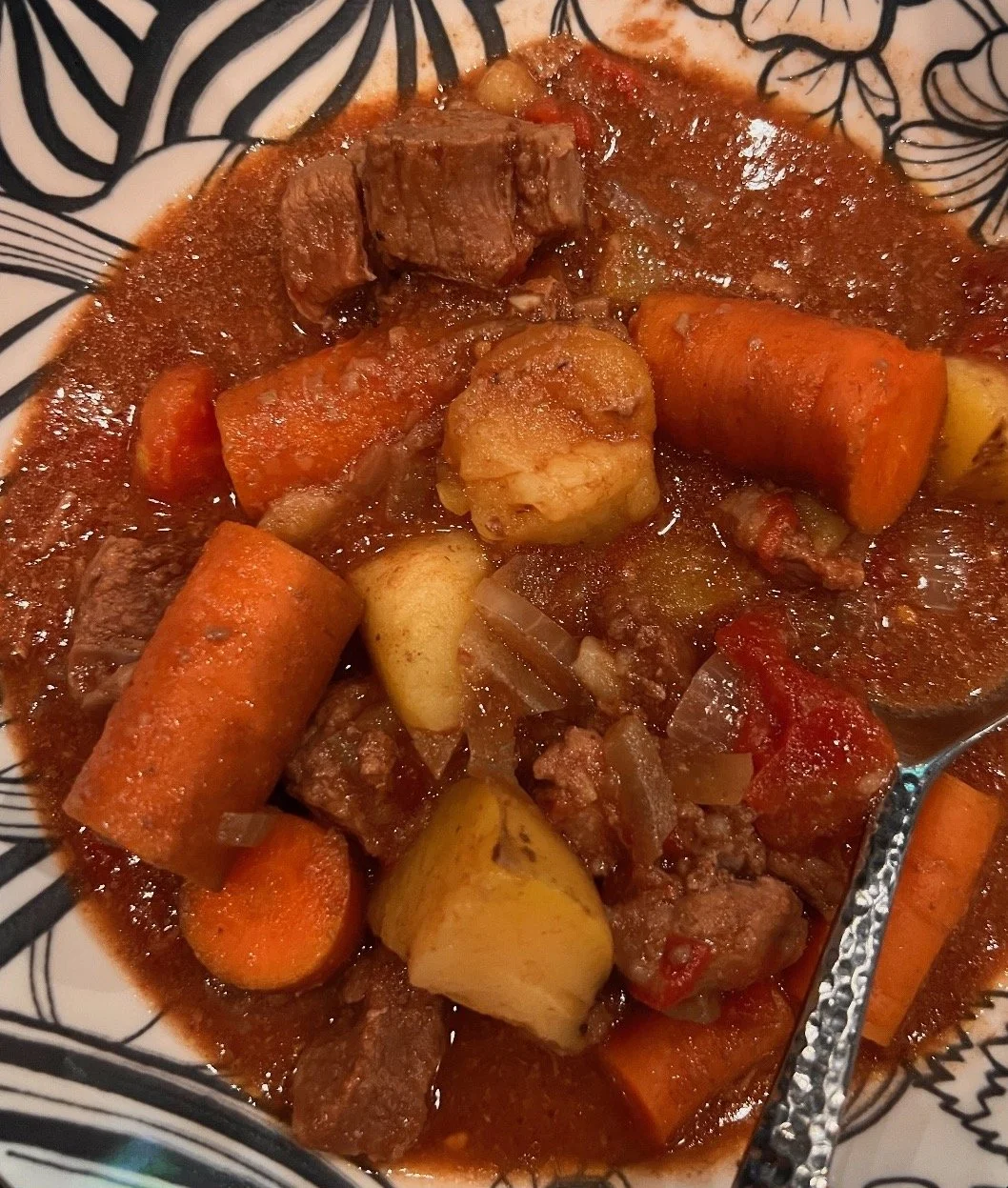Cooking with our grass-fed beef
Mark Ramsden says he never liked rare meat growing up, but when it comes to cooking the special breed of grass-fed beef, less is more. Why? Because our beef isn't fed grain, the meat is much leaner. Less fat means the meat cooks faster and is toughened by overcooking. You'll get that smooth texture by cooking rare or medium rare.
How our Customers Cook Mountain Beef
How to cook it right
Beef that's conscientiously raised, good for you, and incredibly tasty―now that's something to sink your teeth into. Grass-fed operations are easier on the environment than grain feedlots are, and easier on the animals too (grass is, after all, a cow's natural diet). Grass-feeding also gives the meat a truer beef flavor that's not masked by the marbling of fat typical in grain-fed beef. Plus grass-fed beef is lower in saturated fats and higher in omega-3s and other essential nutrients.
Because it's so lean, though, it cooks in a flash (marbling slows heat conduction). So before you grill that grass-fed rib-eye, check out these 3 keys to success:
Lower the heat. Grass-fed beef cooks fast. Instead of searing burgers and steaks, put them over a medium flame.
Add moisture. With a larger cut (like a roast) that needs a longer cooking time, marinate or braise the meat to keep it from drying out.
Don't overcook. Rare to medium rare grass-fed beef is tender, but medium to well-done is tough and chewy.










